Spatial, Long-and Short-Term Memory: Functions, Differences and Effects of Injury
Memory is one of the earliest cognitive functions to show decline during aging and some neurodegenerative diseases and this decline has a social and economic impact on individuals, families, the health care system, and society as a whole. This book examines spatial, long-and short term memory loss. The aim of the first chapter is to discuss and detail several well-established spacial-memory behavioral tests, focusing specially on the MWM, describing the principal advantages or disadvantages of these memory tasks. Chapter two examines the importance of the AMPAr and its specific subunits in LTP processes as well as the formation and utilization of spatial memory representations. Chapter three studies grizzly bears and examines their spatial and visual memory. Chapter four introduces a study to show that difficulty encoding relational information between spatial locations presented in random positions simultaneously is responsible for impaired visuospatial working memory. Chapter five describes short and long term memory functions in children with idiopathic epilepsy and assesses a novel cognitive behavioral group intervention aiming to improve memory deficits in this population whose deficits are specified and their background capacities are preserved. Chapter six studies the emergence of self-reference effect in episodic memory during early childhood. Chapter seven analyzes an optical memory model of the human brain. Chapter eight studies an fNIRS study on adaptive memory. The final chapter identifies the synaptic and structural mechanisms that drive plasticity, as well as describes the purported processes responsible for short- and long-term memory.
{{comment.content}}
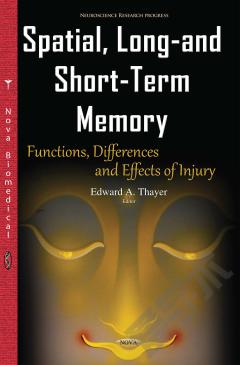
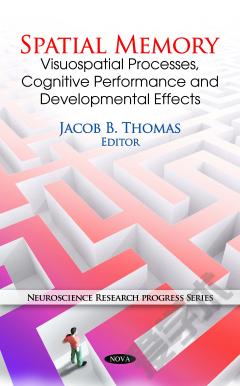
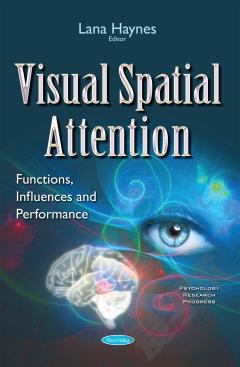
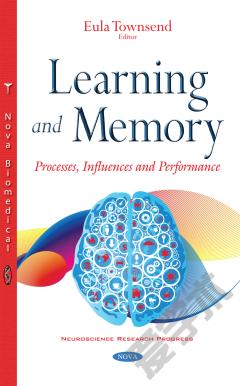


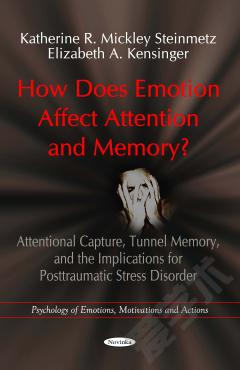

 京公网安备 11010802027623号
京公网安备 11010802027623号